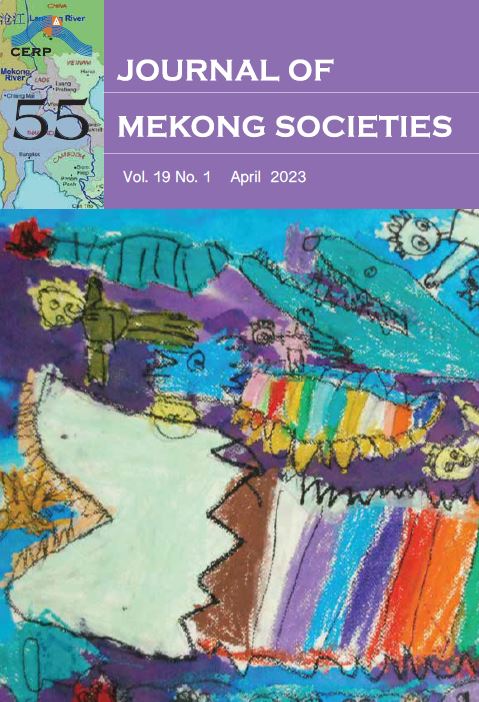Models for Improving the Management of Indigo Weaving Groups under the Concept of Social Enterprise
Main Article Content
Abstract
The purpose of this article is to present models for improving the management of indigo weaving groups under the concept of social enterprise. The study used mixed-method research (MMR) conducted in three phases. The first phase used the participatory action research (PAR) approach of the qualitative research method. Key informants consisted of 29 representatives from district community development offices and indigo weaving groups. The second phase was mixedmethod research (MMR) with an exploratory sequential design. The sample group consisted of 400 cases from indigo weaving groups. The third phase employed mixed method research with explanatory sequential design. The key informants were 57 cases from indigo weaving groups and experts from relevant organizations, as well as a simple random sample of 486 cases who were members of natural indigo-dyed weaving groups in Sakon Nakhon province. The results were the creation of four models for improving the management of these groups under the concept of social enterprise. The names and goals of the four models are the following: (1) Start Up: to establish social enterprise, (2) Stand Up: to grow social enterprise, (3) Step Up: to strengthen social enterprise, and (4) Sustain: to continuously and sustainably to become a model of social enterprise.
Article Details

This work is licensed under a Creative Commons Attribution-NonCommercial-NoDerivatives 4.0 International License.


